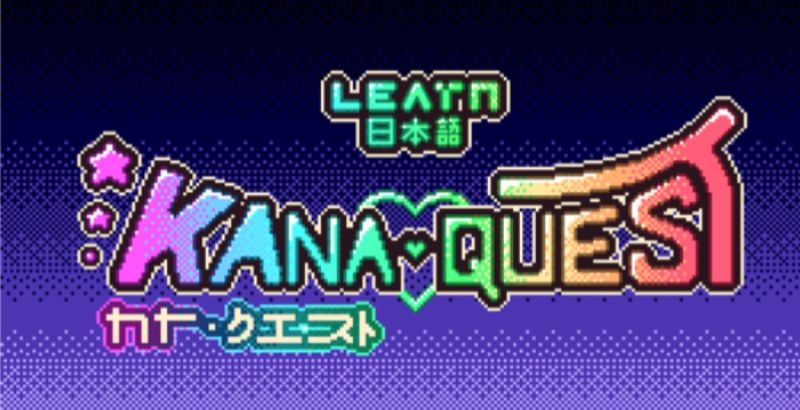
Kana Quest from developer Not Dead Design and publisher Whitethorn Games, tasks players with positioning adorable kana blocks on a grid so each block connects to the others in an unbroken string. These connections are made by matching up the consonants or vowels that make up each kana. While these puzzles start simple enough, Not Dead Design works lots of fresh mechanics into this game’s 12 separate areas that build up the game’s intricacies as you progress.
It is this growing array of options and challenges that provide Kana Quest its greatest strength. While initial puzzles simply see players moving tiles around the grid in a basic fashion, novelty tiles are added to the mix with each new area of the game players unlock. While normal tiles simply move one square and can be swapped with adjacent tiles, these novelty tiles do everything from slide clear across the board when moved, to being immobile altogether, while later areas introduce tiles that merge with others, changing the letter configuration a tile represents.
While the ever-growing list of options can sound daunting, especially as there are even more than what is listed above, Kana Quest does a great job of onboarding each new type of kana. Every area of the game dials the complexity of its puzzles back down to the simplest setups as it walks the player through what the new tile does. Over the next couple of puzzles, the game will introduce some of the previously revealed novelties, while informing the player if there are any special interactions between the new tile and older ones. This creates an ebb and flow to the game’s difficulty. Rather than just getting endlessly harder, Kana Quest crescendoes at the end of each area, just to drop back down, letting the player have a few rounds of far easier tasks.
The challenges throughout Kana Quest can also be mitigated to a player’s liking through a number of helpful options. A rewind feature allows players to undo mistakes and experiment with theories, while not forcing them to restart a puzzle completely afterward. This is helpful as players are scored after each puzzle based on how many moves it took to complete the puzzle. Also, the options menu gives players the choice to unlock all levels within an area and even all the areas within the game. So if a particular puzzle is stumping the player, or they don’t love the mechanic an area is focusing on, they don’t have to be completely stuck until they can slough their way past it.
The other element of the game that Kana Quest‘s promotional material brings up is that it claims to help you learn to read Japanese. While this may be the case for some, it never did anything for me. While one may be able to learn through memorization which kana make which sounds, there is nothing that explains any more than that. So even if you were able to gain this knowledge, it wouldn’t get you far and it feels like there would have to be easier ways to learn than this. Happily, this doesn’t hold the game back from being a challenging puzzle experience, whatever your knowledge of the language may be.
The visual presentation in Kana Quest is adorable. Cute little kana fill the screen, giving the game a pleasant and welcoming tone to it. Combined with a laid-back soundtrack that is clearly intended to help keep the player calm as they challenge the game’s many levels, this game delivers a comfortable environment for players to experience the game in.
Kana Quest feels like a great game for the right kind of gamer. If puzzle-based challenges like Sudoku are things that engage you I think this game will have a lot to offer.
Kana Quest is available now on Steam and Nintendo Switch.
Kana Quest
-
Rating - 8/108/10
TL;DR
Kana Quest feels like a great game for the right kind of gamer. If puzzle-based challenges like Sudoku are things that engage you I think this game will have a lot to offer.







